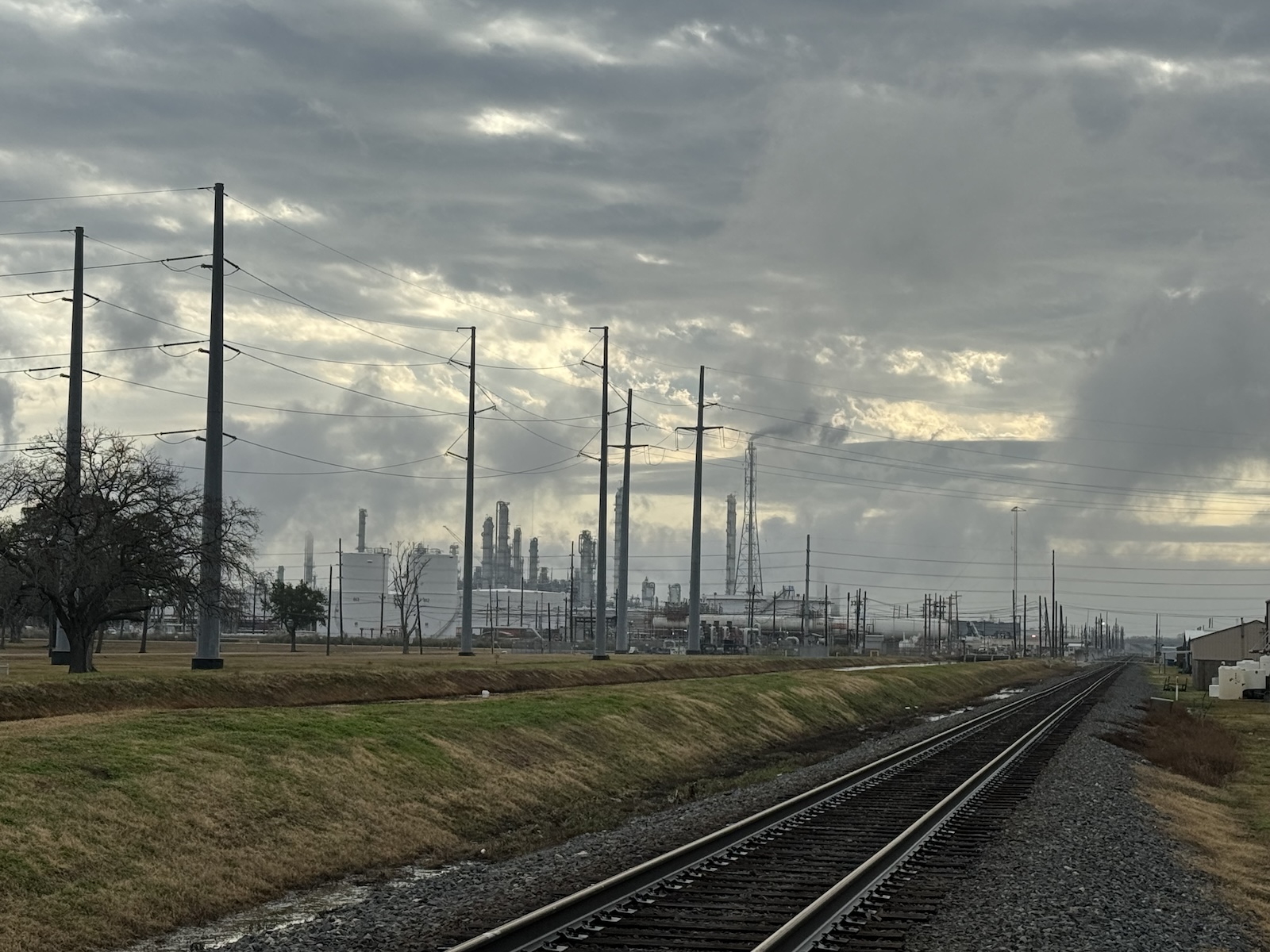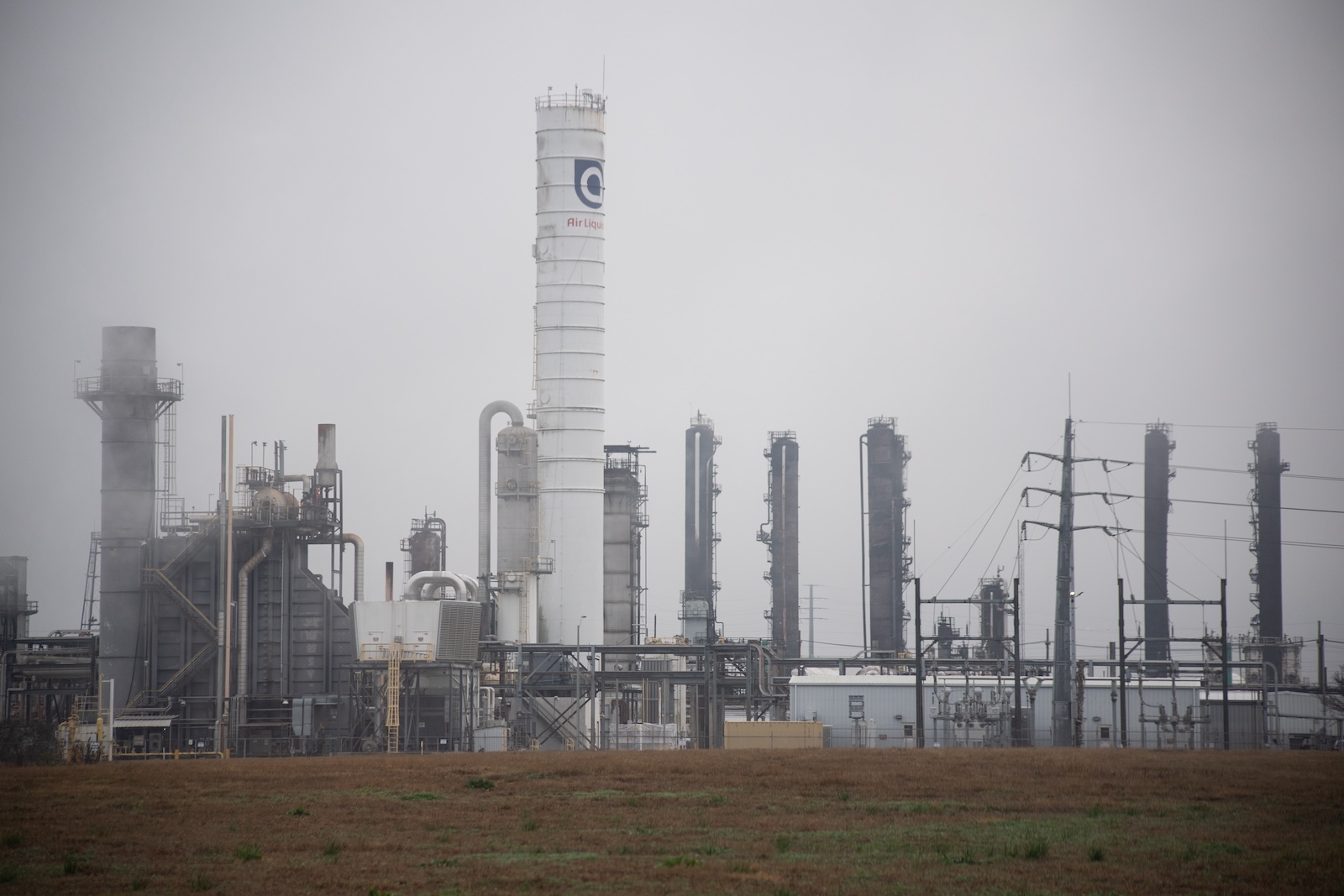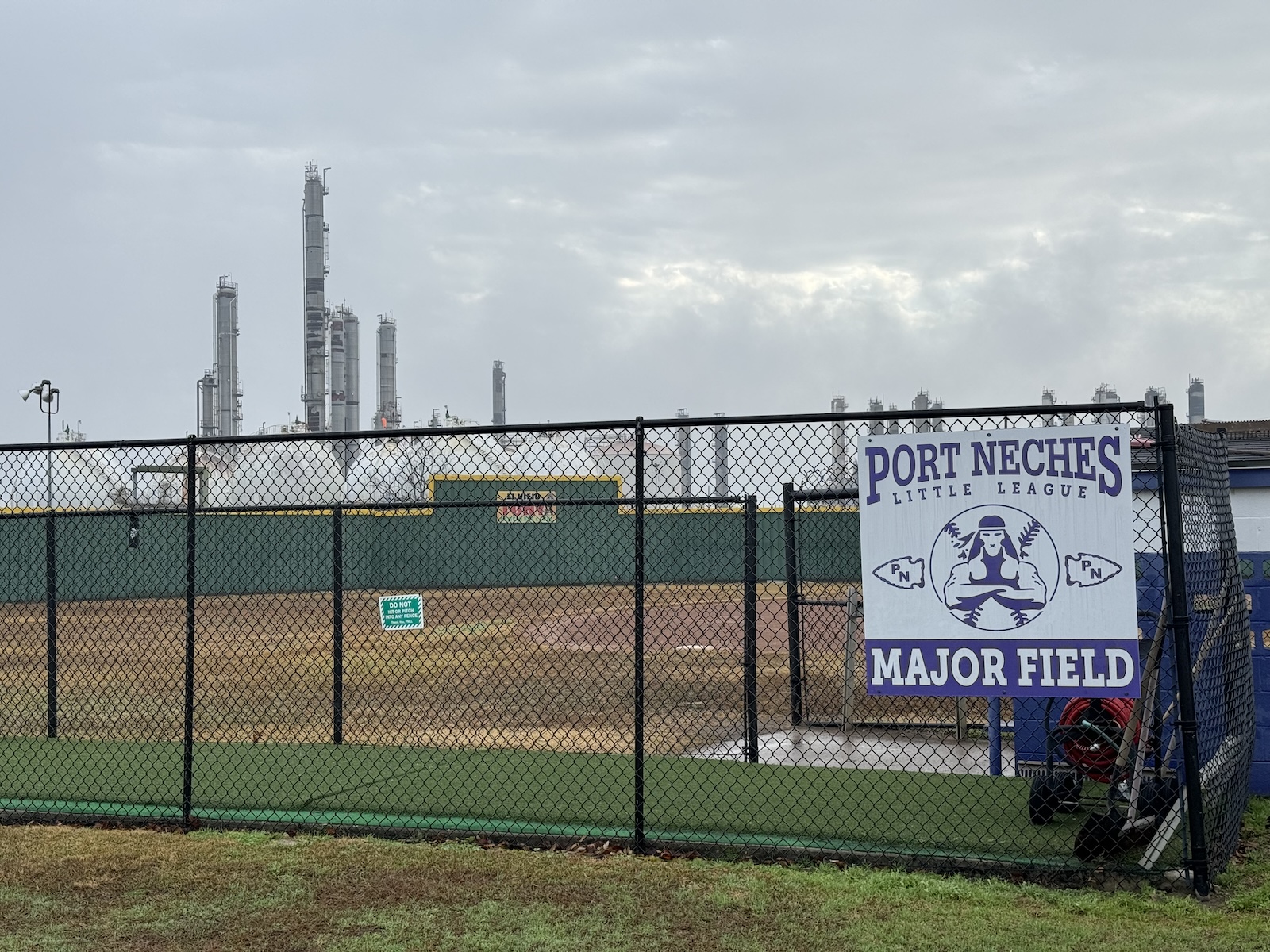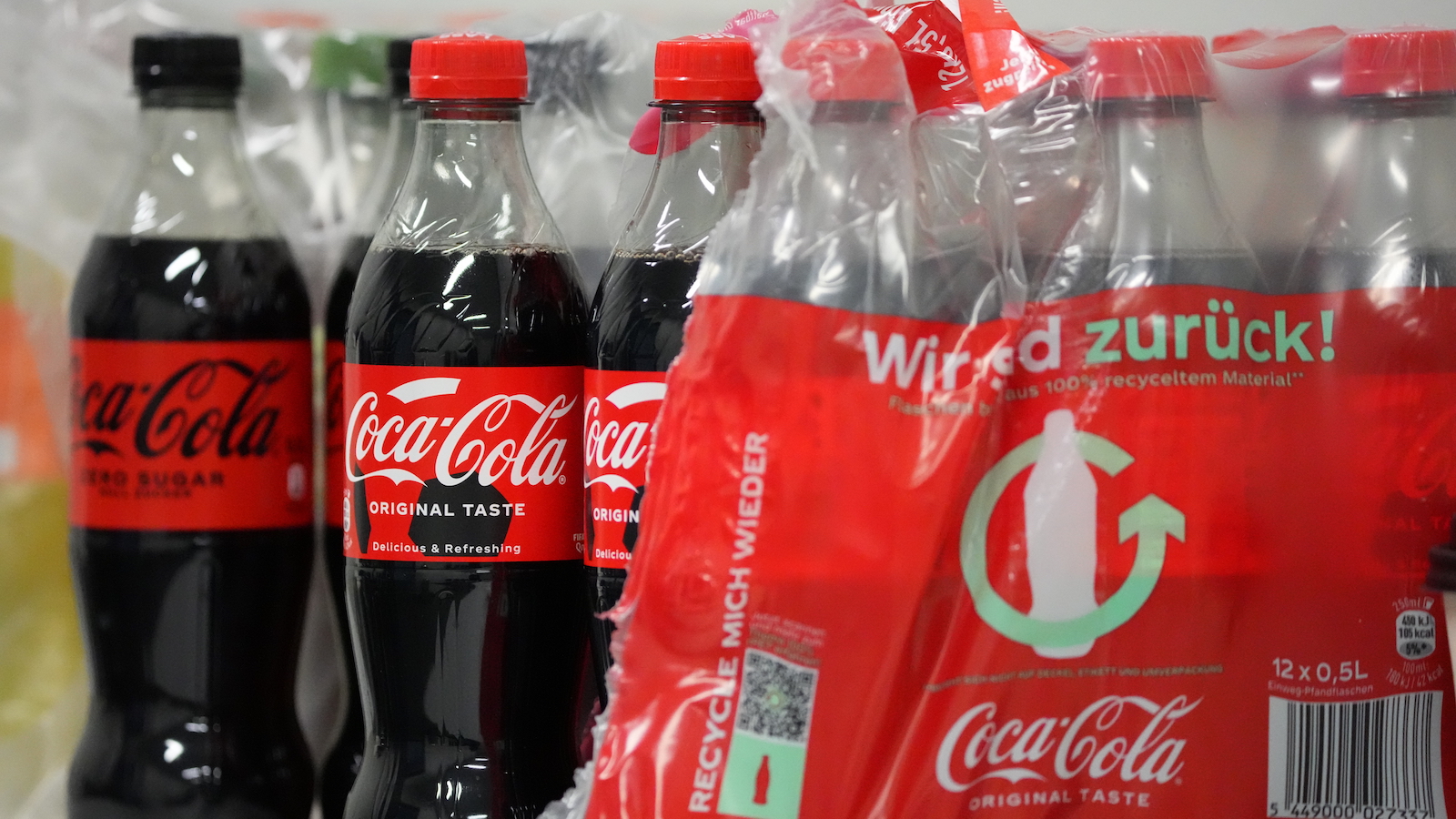Up to 10 informants managed by the FBI were embedded in anti-pipeline resistance camps near the Standing Rock Sioux Indian Reservation at the height of mass protests against the Dakota Access pipeline in 2016. The new details about federal law enforcement surveillance of an Indigenous environmental movement were released as part of a legal fight between North Dakota and the federal government over who should pay for policing the pipeline fight. Until now, the existence of only one other federal informant in the camps had been confirmed.
The FBI also regularly sent agents wearing civilian clothing into the camps, one former agent told Grist in an interview. Meanwhile, the Bureau of Indian Affairs, or BIA, operated undercover narcotics officers out of the reservation’s Prairie Knights Casino, where many pipeline opponents rented rooms, according to one of the depositions.
The operations were part of a wider surveillance strategy that included drones, social media monitoring, and radio eavesdropping by an array of state, local, and federal agencies, according to attorneys’ interviews with law enforcement. The FBI infiltration fits into a longer history in the region. In the 1970s, the FBI infiltrated the highest levels of the American Indian Movement, or AIM.
The Indigenous-led uprising against Energy Transfer Partners’ Dakota Access oil pipeline drew thousands of people seeking to protect water, the climate, and Indigenous sovereignty. For seven months, participants protested to stop construction of the pipeline and were met by militarized law enforcement, at times facing tear gas, rubber bullets, and water hoses in below-freezing weather.
After the pipeline was completed and demonstrators left, North Dakota sued the federal government for more than $38 million — the cost the state claims to have spent on police and other emergency responders, and for property and environmental damage. Central to North Dakota’s complaints are the existence of anti-pipeline camps on federal land managed by the Army Corps of Engineers. The state argues that by failing to enforce trespass laws on that land, the Army Corps allowed the camps to grow to up to 8,000 people and serve as a “safe haven” for those who participated in illegal activity during protests and caused property damage.
In an effort to prove that the federal government failed to provide sufficient support, attorneys deposed officials leading several law enforcement agencies during the protests. The depositions provide unusually detailed information about the way that federal security agencies intervene in climate and Indigenous movements.
Until the lawsuit, the existence of only one federal informant in the camps was known: Heath Harmon was working as an FBI informant when he entered into a romantic relationship with water protector Red Fawn Fallis. A judge eventually sentenced Fallis to nearly five years in prison after a gun went off when she was tackled by police during a protest. The gun belonged to Harmon.
Manape LaMere, a member of the Bdewakantowan Isanti and Ihanktowan bands, who is also Winnebago Ho-chunk and spent months in the camps, said he and others anticipated the presence of FBI agents, because of the agency’s history. Camp security kicked out several suspected infiltrators. “We were already cynical, because we’ve had our heart broke before by our own relatives,” he explained.
“The culture of paranoia and fear created around informants and infiltration is so deleterious to social movements, because these movements for Indigenous people are typically based on kinship networks and forms of relationality,” said Nick Estes, a historian and member of the Lower Brule Sioux Tribe who spent time at the Standing Rock resistance camps and has extensively researched the infiltration of the AIM movement by the FBI. Beyond his relationship with Fallis, Harmon had close familial ties with community leaders and had participated in important ceremonies. Infiltration, Estes said, “turns relatives against relatives.”
Less widely known than the FBI’s undercover operations are those of the BIA, which serves as the primary police force on Standing Rock and other reservations. During the NoDAPL movement, the BIA had “a couple” of narcotics officers operating undercover at the Prairie Knights Casino, according to the deposition of Darren Cruzan, a member of the Miami Tribe of Oklahoma who was the director of the BIA’s Office of Justice Services at the time.
It’s not unusual for the BIA to use undercover officers in its drug busts. However, the intelligence collected by the Standing Rock undercovers went beyond narcotics. “It was part of our effort to gather intel on, you know, what was happening within the boundaries of the reservation and if there were any plans to move camps or add camps or those sorts of things,” Cruzan said.
A spokesperson for Interior Secretary Deb Haaland, who oversees the BIA, also declined to comment.
According to the deposition of Jacob O’Connell, the FBI’s supervisor for the western half of North Dakota during the Standing Rock protests, the FBI was infiltrating the NoDAPL movement weeks before the protests gained international media attention and attracted thousands. By August 16, 2016, the FBI had tasked at least one “confidential human source” with gathering information. The FBI eventually had five to 10 informants in the protest camps — “probably closer to 10,” said Bob Perry, assistant special agent in charge of the FBI’s Minneapolis field office, which oversees operations in the Dakotas, in another deposition. The number of FBI informants at Standing Rock was first reported by the North Dakota Monitor.
According to Perry, FBI agents told recruits what to collect and what not to collect, saying, “We don’t want to know about constitutionally protected activity.” Perry added, “We would give them essentially a list: ‘Violence, potential violence, criminal activity.’ To some point it was health and safety as well, because, you know, we had an informant placed and in position where they could report on that.”
The deposition of U.S. Marshal Paul Ward said that the FBI also sent agents into the camps undercover. O’Connell denied the claim. “There were no undercover agents used at all, ever.” He confirmed, however, that he and other agents did visit the camps routinely. For the first couple months of the protests, O’Connell himself arrived at the camps soon after dawn most days, wearing outdoorsy clothing from REI or Dick’s Sporting Goods. “Being plainclothes, we could kind of slink around and, you know, do what we had to do,” he said. O’Connell would chat with whomever he ran into. Although he sometimes handed out his card, he didn’t always identify himself as FBI. “If people didn’t ask, I didn’t tell them,” he said.
He said two of the agents he worked with avoided confrontations with protesters, and Ward’s deposition indicates that the pair raised concerns with the U.S. marshal about the safety of entering the camps without local police knowing. Despite its efforts, the FBI uncovered no widespread criminal activity beyond personal drug use and “misdemeanor-type activity,” O’Connell said in his deposition.
The U.S. Marshals Service, as well as Ward, declined to comment, citing ongoing litigation. A spokesperson for the FBI said the press office does not comment on litigation.
Infiltration wasn’t the only activity carried out by federal law enforcement. Customs and Border Protection responded to the protests with its MQ-9 Reaper drone, a model best known for remote airstrikes in Iraq and Afghanistan, which was flying above the encampments by August 22, supplying video footage known as the “Bigpipe Feed.” The drone flew nearly 281 hours over six months, costing the agency $1.5 million. Customs and Border Protection declined a request for comment, citing the litigation.
The biggest beneficiary of federal law enforcement’s spending was Energy Transfer Partners. In fact, the company donated $15 million to North Dakota to help foot the bill for the state’s parallel efforts to quell the disruptions. During the protests, the company’s private security contractor, TigerSwan, coordinated with local law enforcement and passed along information collected by its own undercover and eavesdropping operations.
Energy Transfer Partners also sought to influence the FBI. It was the FBI, however, that initiated its relationship with the company. In his deposition, O’Connell said he showed up at Energy Transfer Partners’ office within a day or two of beginning to investigate the movement and was soon meeting and communicating with executive vice president Joey Mahmoud.
At one point, Mahmoud pointed the FBI toward Indigenous activist and actor Dallas Goldtooth, saying that “he’s the ring leader making this violent,” according to an email an attorney described.
Throughout the protests, federal law enforcement officials pushed to obtain more resources to police the anti-pipeline movement. Perry wanted drones that could zoom in on faces and license plates, and O’Connell thought the FBI should investigate crowd-sourced funding, which could have ties to North Korea, he claimed in his deposition. Both requests were denied.
O’Connell clarified that he was more concerned about China or Russia than North Korea, and it was not just state actors that worried him. “If somebody like George Soros or some of these other well-heeled activists are trying to disrupt things in my turf, I want to know what’s going on,” he explained, referring to the billionaire philanthropist, who conspiracists theorize controls progressive causes.
To the federal law enforcement officials working on the ground at Standing Rock, there was no reason they shouldn’t be able to use all the resources at the federal government’s disposal to confront this latest Indigenous uprising.
“That shit should have been crushed like immediately,” O’Connell said.
This story was originally published by Grist with the headline FBI sent several informants to Standing Rock protests, court documents show on Mar 15, 2024.









 It wasn’t broken why’d you try fixing it?” one commenter responded to Impossible Foods’
It wasn’t broken why’d you try fixing it?” one commenter responded to Impossible Foods’ 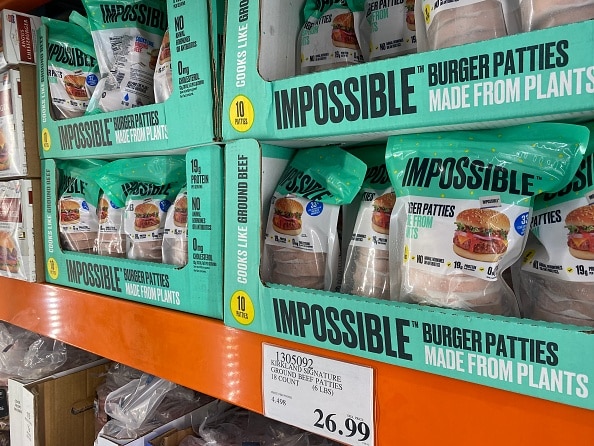
 ,” one commenter replied.
,” one commenter replied.